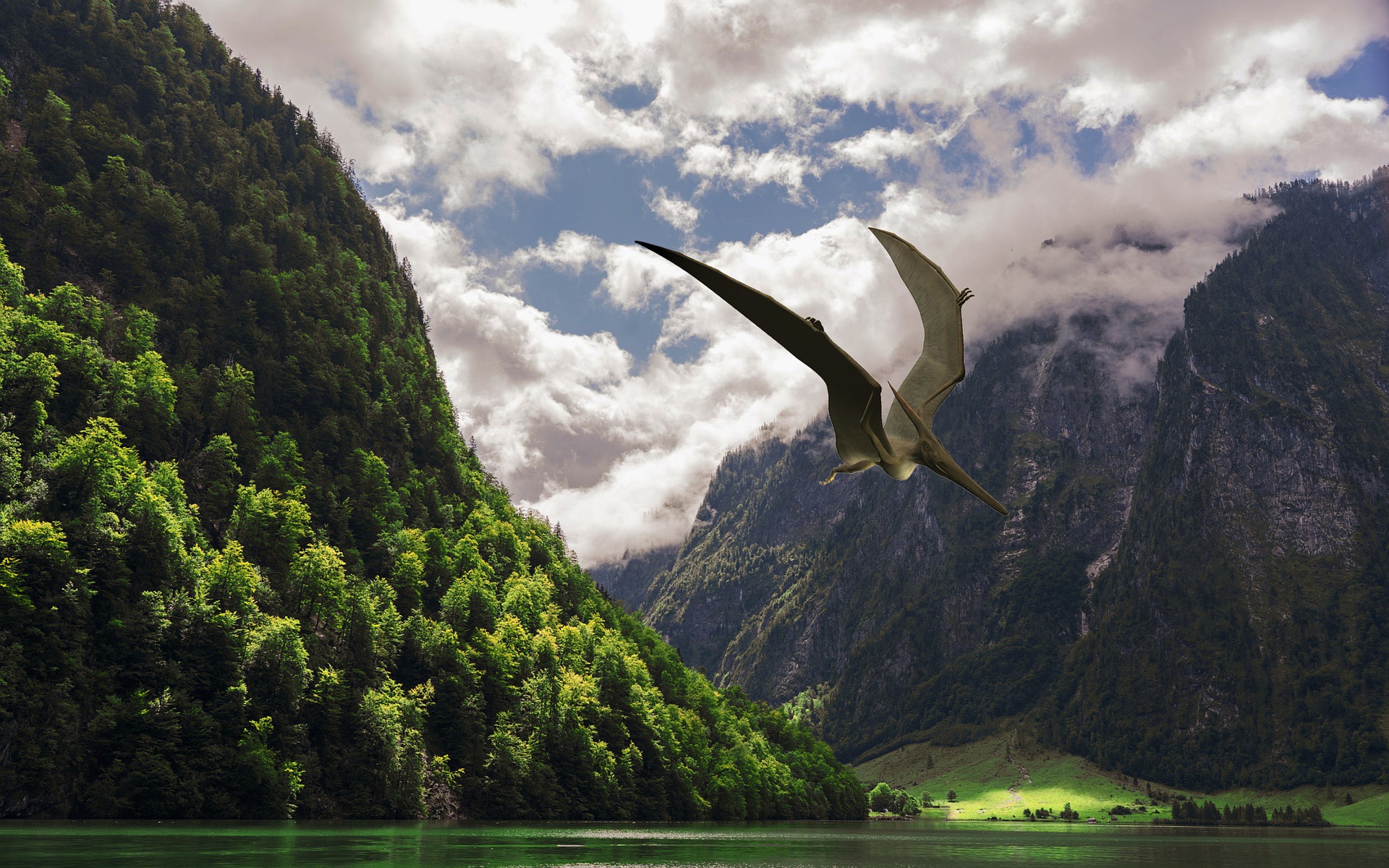We probably all know about the extinction of the dinosaurs 66 million years ago, from an asteroid hitting the Yucatán peninsula. The impact caused tsunamis and earthquakes. Pieces of molten Earth rock were ejected into space, and later rained back down. This event caused death for everything exposed. We describe how fishes from North Dakota help inform us on the season of the extinction.
Views 2811
Reading time 3.5 min
published on Feb 24, 2023
The extinction of the dinosaurs from space rock is possibly the most famous of all mass extinctions. This ~12 km wide asteroid, about twice as tall as Kilimanjaro, impacted a reef off the coast of the Yucatán peninsula and caused tsunamis, earthquakes, and seiches. Molten Earth rock hurled into space, possibly circled the moon, and finally rained down on Earth. As these ‘impact spherules’ or ‘tektites’ rained down, most likely everything exposed on the surface of the Earth was already dead or died.
A seiche is the result of a seismic wave moving through the Earth’s crust. The seismic wave can cause an overlying body of water to slosh forwards and backwards, like a pool during an Earthquake. One of these seiches arrived in North Dakota, roughly 15 to 30 minutes after the asteroid and buried everything alive while tektites rained down from the sky. Among the direct casualties were sturgeons and paddlefishes, which I excavated and studied.
These fishes had tektites in their gills, not through the top of their skulls or in their guts. Finding tektites only in between the very delicate gill rakers suggests they suffocated on them as they were buried alive by the seiche wave.
This extinction had thus far only been studied at a timescale of at best thousands of years. We were offered the opportunity to look at the final years and even determine the season during which the unfortunate dinosaurs met their doom. First, we wanted to confirm the findings of our colleagues that these fishes had indeed died with impact spherules in their gills. We, therefore, subjected one to synchrotron radiation to look for the tektites in their gills and confirm that nothing else had killed them.
To find the season of their death, I collected jawbones of paddlefishes and pectoral fin (shoulder fin) spines of sturgeons. These bones grow like tree rings, adding a new layer every year. We subjected the bones to X-Ray Fluorescence to obtain the elemental composition and assess the quality of their preservation. Subsequently, we used synchrotron radiation to study the bone cell distribution. Finally, we applied stable isotope analysis to quantify when they were eating and when they were not. The difference between carbon 12 and the heavier carbon 13 can indicate consumption. The fishes eat calcareous microorganisms, which are rich in carbon 13, so fishes would be enriched in carbon 13 when they were eating.
Through synchrotron scanning of the paddlefish, we confirmed that the tektites were in the gills and nowhere else. These fishes died on the day the asteroid hit. Our X-Ray Fluorescence showed that the preservation of the bones was really good. There was no mineral exchange between the bone and the sediment. Our synchrotron radiation scan of the bone sections showed a very clear pattern: These fishes did not grow in winter, they started growing in spring, grew fastest in summer, slowed down in autumn, and stopped in winter. They all died at the same time, while slowly starting to grow in a new year. Through isotope analysis, we showed that the fishes did not eat in winter. They would start eating in spring, eat the largest amounts in summer, and would eat far less in autumn. Our synchrotron and isotope data pointed toward the same conclusion: These fishes died in spring; thus, the asteroid that killed the dinosaurs struck in spring.
While the Northern Hemisphere experienced spring, the Southern Hemisphere was going through autumn. Consider the biological life cycles of flora and fauna in the different seasons. Spring is when they grow new leaves and flowers, when sexual partners are sought, when eggs are laid, when food is sought. Autumn is when leaves are being shed and shelter for hibernation is being sought. The timing of a catastrophe can have very different outcomes on the different hemispheres. In the Northern Hemisphere, plants were creating new leaves, animals were out and about looking for food, all of them exposed. In the Southern Hemisphere, plants had shed their leaves or were in the process of doing so. Many animals were fattening up and possibly already sheltered for their annual hibernation. This may help us to understand how the extinction was so selective and why the recovery phase on the Southern Hemisphere was over twice as fast as on the Northern Hemisphere.
Original Article:
During, M. A. D., Smit, J., Voeten, D. F. A. E., Berruyer, C., Tafforeau, P., Sanchez, S., Stein, K. H. W., Verdegaal-Warmerdam, S. J. A., & van der Lubbe, J. H. J. L. (2022). The Mesozoic terminated in boreal spring. Nature, 603(7899), 91–94. https://doi.org/10.1038/s41586-022-04446-1
 Evolution & Behaviour
Evolution & Behaviour



